Adding spices to your food instantly elevates it — a pinch here and a pinch there can make all the difference, transforming a bland dish to a dinnertime showstopper. However, it’s easy to get stuck using the same spices that have been in your pantry for years, such as garlic powder, cinnamon, and Italian seasoning. Next time you’re in a flavor rut, try turning these lesser-known spices to bring your food from bland to bomb.

Za’atar
Za’atar is an aromatic spice commonly used in the Middle East. This blend of sesame seeds, sumac, and other regional herbs creates a nutty flavor that’s useful in a variety of dishes. Consider coating your roast chicken with a layer of za’atar, sprinkling it over a salad, or combining it with a warm pita dipped in olive oil.
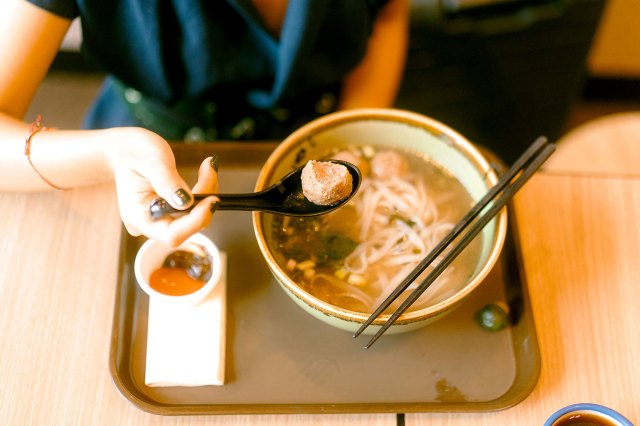
Star Anise
Star anise possesses a deeply warming flavor. This spice is found throughout Asia and is often used to season soup broths, such as Vietnamese pho. It’s also the perfect addition to mulled wine and baked goods, meshing particularly well with cinnamon and cloves.

Mace
While many of us are familiar with nutmeg, its sister spice, mace, is far less common. The two spices come from the same plant, but mace is derived from the protective coating of nutmeg seeds. While mace has similar properties to nutmeg, it also features a uniquely peppery bite. Mace is best used to enhance warm desserts, such as cobblers and pies, or to deepen the flavor of meaty dishes containing lamb or pork.
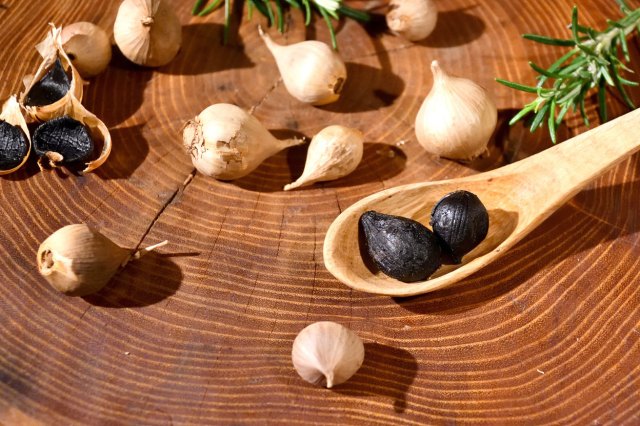
Black Garlic
Aging standard garlic bulbs for several months results in black garlic, which has a sweet, molasses-like flavor. Black garlic is the perfect addition to any cheese plate and is an excellent topping for homemade pizza. You can even substitute black garlic in your favorite salad vinaigrette to create a sweet, tangy alternative.
Reader Favorites

Galangal
This spice is commonly used in Southeast Asian soups, curries, and other regional dishes. With an earthy flavor containing citrus and pine notes, galangal is a unique and eloquent complement to warm spices such as ginger. From red curry paste to basil-style chicken and vegetable stew, this spice will add powerful layers of tang and umami to any recipe.
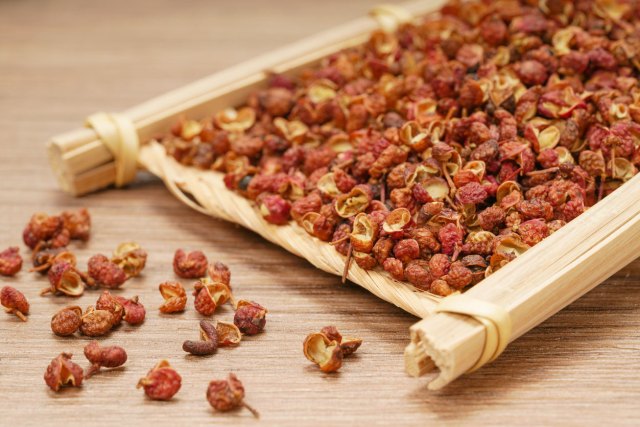
Szechuan Peppercorns
Szechuan peppercorns are known for their high spice level and tingly numbing effect. While this may sound like an overwhelming culinary experience, it’s a sensory sensation. Szechuan peppercorns are great alongside cumin lamb or stewed in a spicy tofu broth. While certainly not for every palate, this is a must-try spice for those who can withstand a little heat.

Lemongrass
Lemongrass has traditionally been used to alleviate stomach pain and fever but is also a fragrant, soothing herb that works well in the kitchen. Native to Indonesia, lemongrass is a potent addition to salads or soups for some added pop. You can even use the leftover leaves to brew delicious tea to accompany the meal.
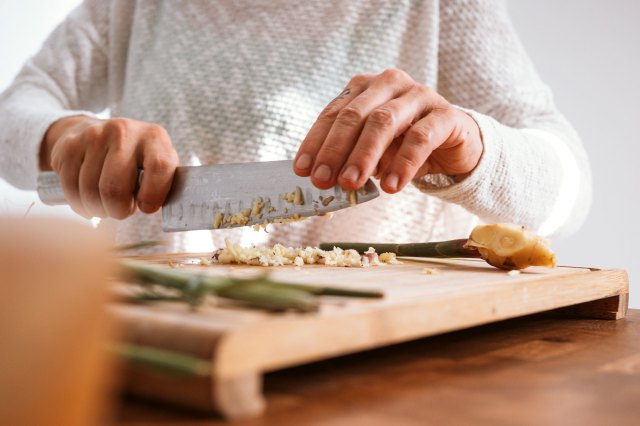
Amchur
Amchur is often found in Indian cuisine as a sweet complement to spicy curries. The spice is made from unripe mangoes, infusing dishes with a sweet-and-sour flavor even when the fruit isn’t in season.
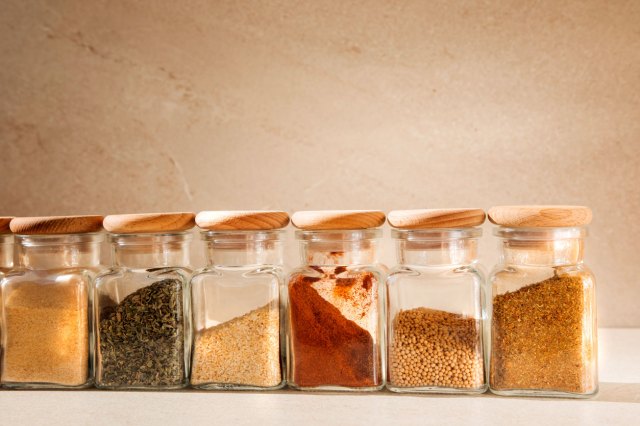
Fenugreek
Fenugreek has been used in dishes since ancient times, with some carbon seeds dating back to 4000 BCE. Today, this spice is common throughout the Middle East and Asia. Fenugreek combines with cumin and paprika to add a subtle, bitter flavor to any meal and works particularly well in slow-cooked meat dishes.

Turmeric
You need a light hand with turmeric, but when used properly, the spice adds a vibrant color to any Mediterranean dish for added visual appeal. Turmeric infuses dishes with a mild, peppery flavor, and has some natural health benefits, such as reduced inflammation. Use turmeric as a base for curry powder or sprinkle it over warm egg dishes.
Featured Image Credit: PixelsEffect/ iStock
More From Our Network
Better Report is part of Inbox Studio, which publishes content that uplifts, informs, and inspires.

















